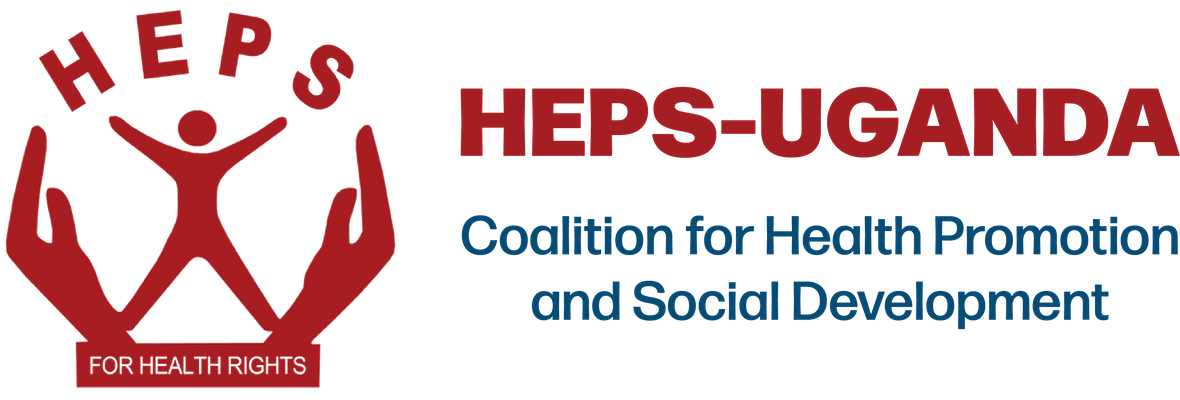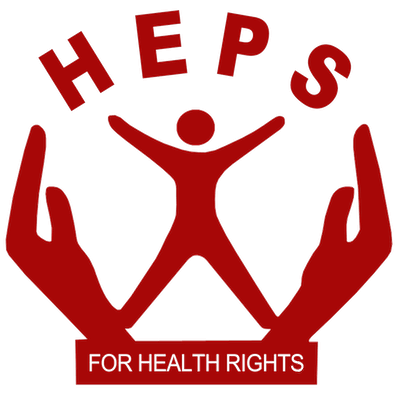1. Prices of anti-malarial medicines in the private sector have increased by 30% since October 2008
2. Medicines are 25% more costly in private facilities than in mission (private-not-for-profit) facilities
3. Medicines are not available in 41% of government health facilities, with rural facilities being affected more
4. Availability of Artemether/Lumefantrine, the first line treatment for malaria, has dropped 25% in 9 months
5. The availability of the Pyrimethamine /Sulphadoxine, for prevention of malaria in pregnant women, has decreased by 41% since 2006
6. Medicines for diabetes and hypertension are not available in 32-93% of government health facilities
7. Medicines for infants and children are not available in 75-82% of government health facilities!
8. Medicines for acute conditions (malaria, respiratory infections, etc) and for chronic conditions (diabetes, hypertension, ulcers) are not affordable. The lowest-paid government worker who has diabetes needs to spend the earnings of between 4 and 5 days just to cover the cost for one month of treatment, yet the lowest-paid government worker is not the poorest person in Uganda.
9. Government spends only US$ 0.38 on essential medicines in lower health centres, far below the amount (US$ 5.8) needed to deliver the Minimum Health Care Package
10. Government contributes only one third of the expenditure on essential medicines; the rest comes from donors and from you, as out-of-pocket expenses on treatment.
For Details see Medicine Price Monitor Report





